“$30 for Just That?!” – McDonald’s Customer Exposes Possible Price Gouging, Internet Erupts in Agreement
In a time when discussions about the economy are ever-present, a seemingly ordinary experience at a McDonald’s drive-thru has brought the escalating cost of fast food to the forefront.
This exploration begins with a customer named Jammie Kathryn and her unexpected bill, leading us into a broader investigation of the rising food prices in the U.S.
A Customer's $30 McDonald's Bill
During what appeared to be a regular visit, Jammie Kathryn decided to order six items from a McDonald’s menu. Upon receiving her total, she was taken aback by the cost.
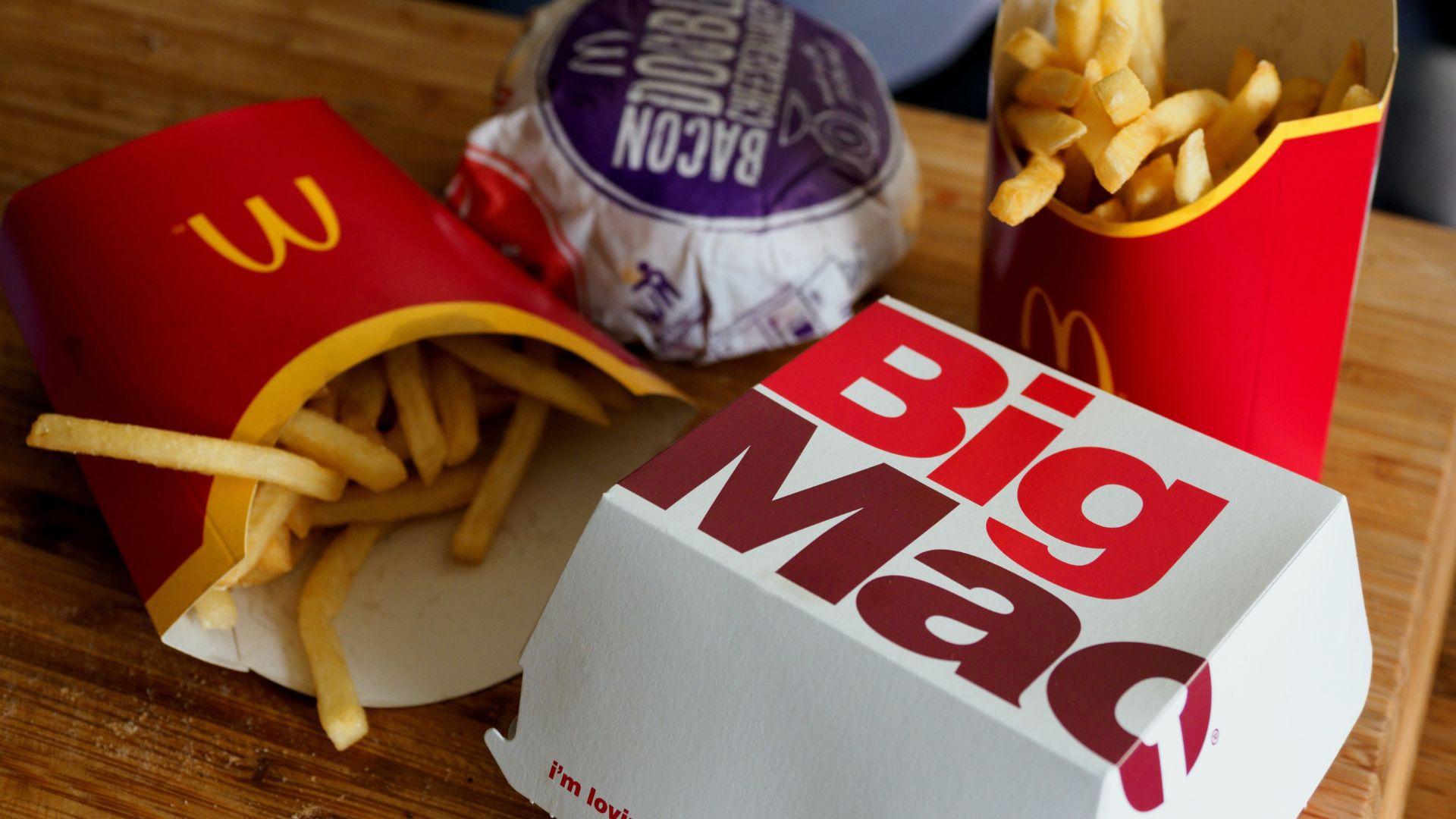
Source: Brett Jordan/Unsplash
This experience was not just a personal shock for Jammie, but it prompted her to share and highlight the broader implications of such pricing trends in the fast-food industry.
The TikTok Revelation
Taking her astonishment to a broader platform, Jammie Kathryn shared a video on TikTok detailing her $30.36 bill.
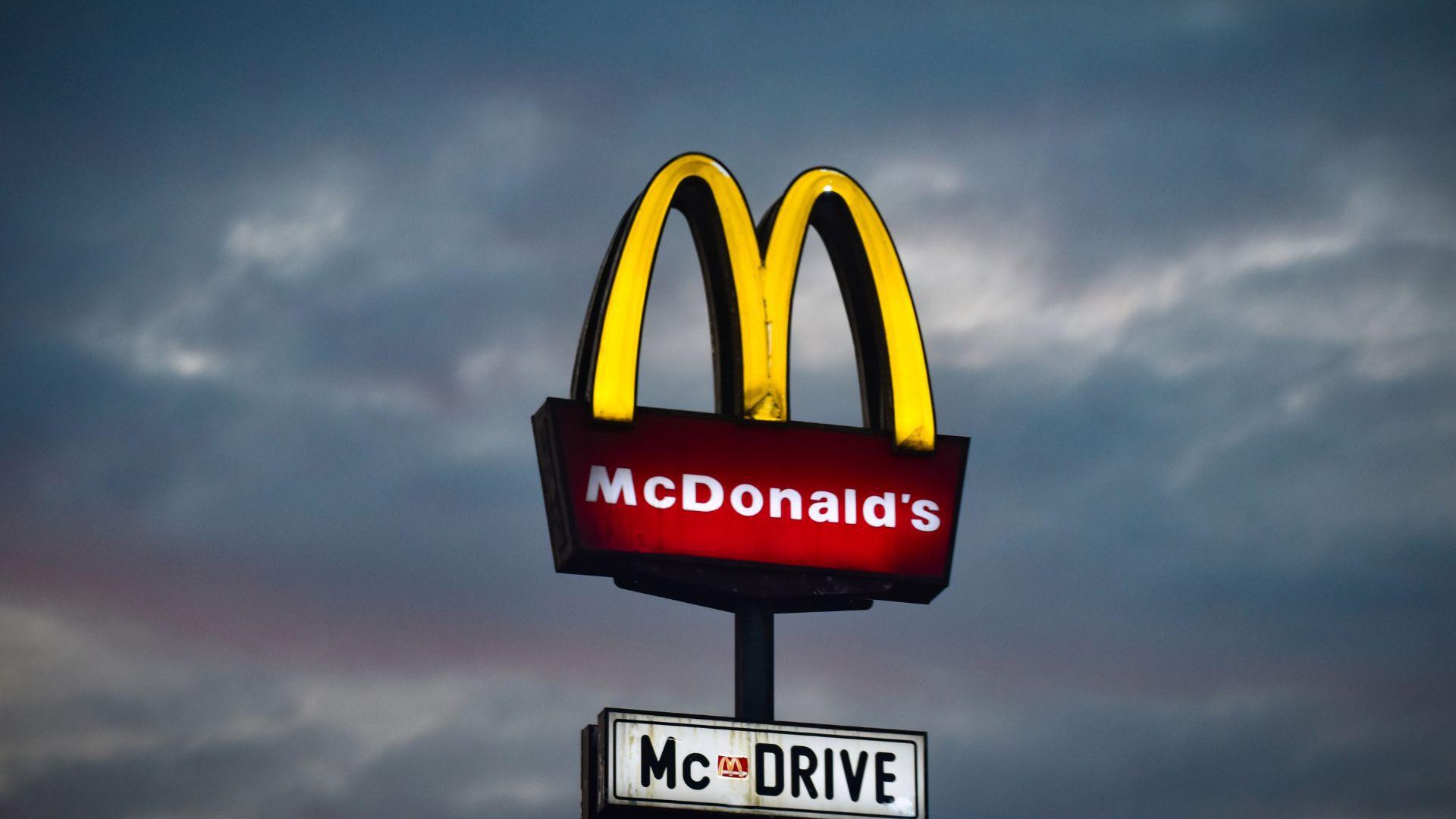
Source: Jurij Kenda/Unsplash
This wasn’t just a fleeting post; the video rapidly amassed over 2.8 million views, serving as a testament to how relatable and concerning the issue of rising costs is for many individuals
Breakdown of Jammie's Order
Digging into the specifics, her order consisted of 2 Sausage, Egg & Cheese McGriddles coming in at $12.38, a Double Patty Sausage Egg McMuffin priced at $5.50, and 3 Hash Browns for $10.17.
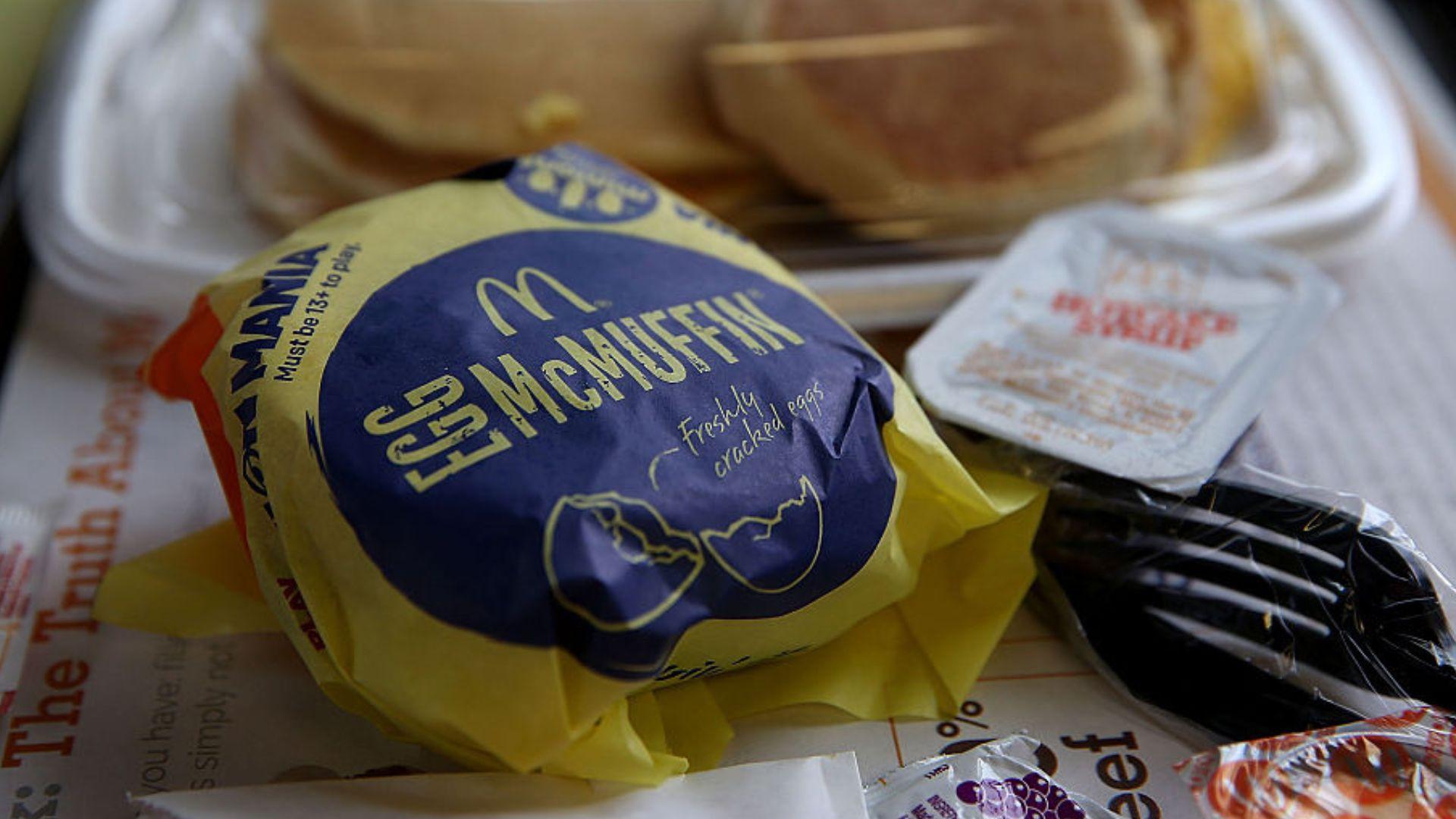
Source: Getty Images
Add the state’s sales tax of $2.31, and her final bill reached an unexpected total of $30.36, raising eyebrows and sparking discussions.
Food Prices Are on the Rise
Jammie’s experience isn’t an isolated event. From 2021 onward, there’s been a notable increase in the price of food, encompassing everything from essential groceries to restaurant meals.
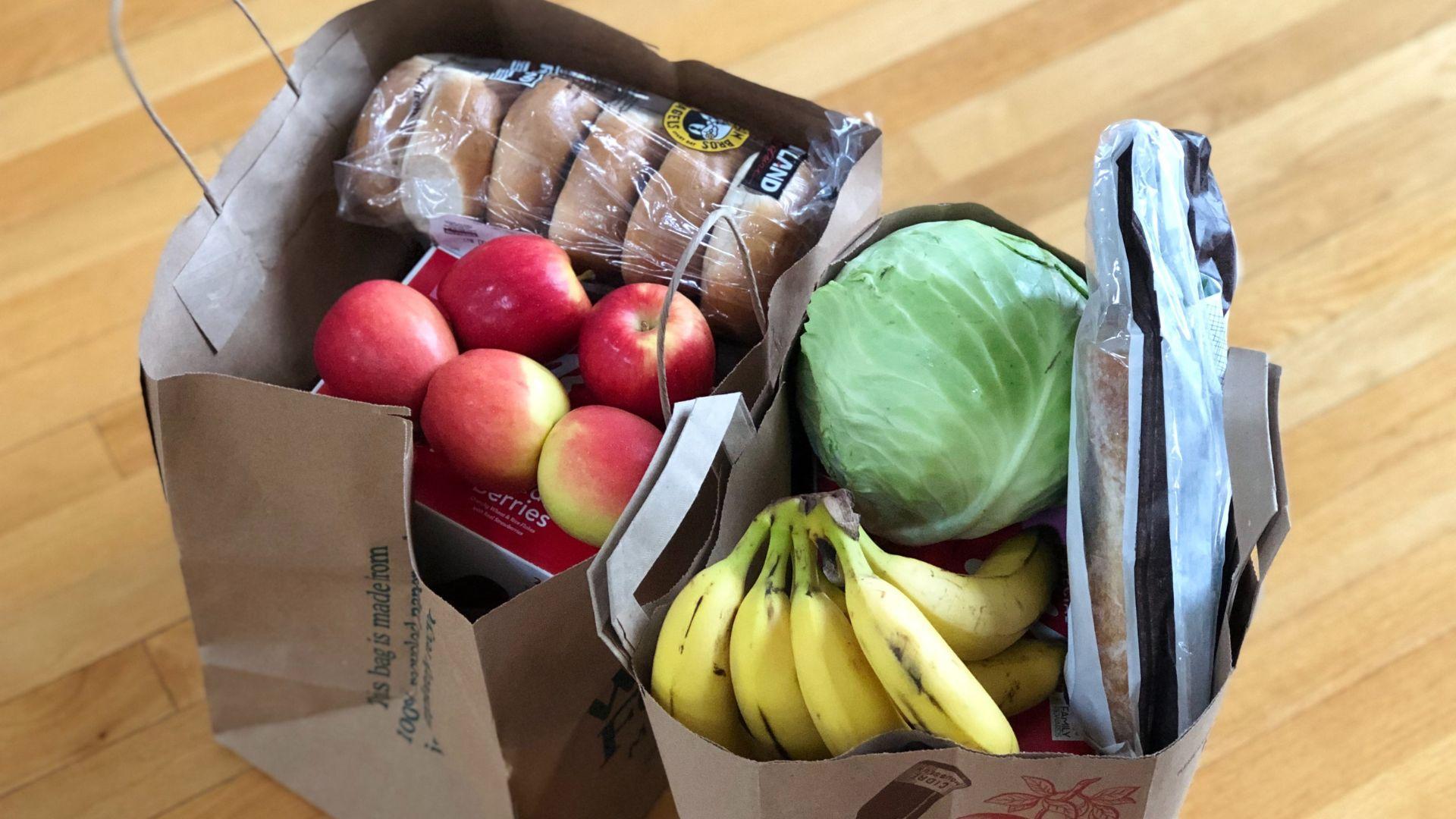
Source: Maria Lin Kim/Unsplash
If the data and market predictions hold true, these elevated prices are expected to persist and potentially rise until around 2024.
Broader Implications of Rising Costs
This surge in prices isn’t exclusive to the food sector. Americans have been grappling with an upward trend in the general cost of living, which extends to vital areas like housing.

Source: Igal Ness/Unsplash
Meanwhile, alongside domestic economic concerns, the U.S. continues to allocate significant resources to overseas involvement.
Fast Food Chains & Pricing Dynamics
In the midst of these economic shifts, there are speculations around how fast food chains are responding.
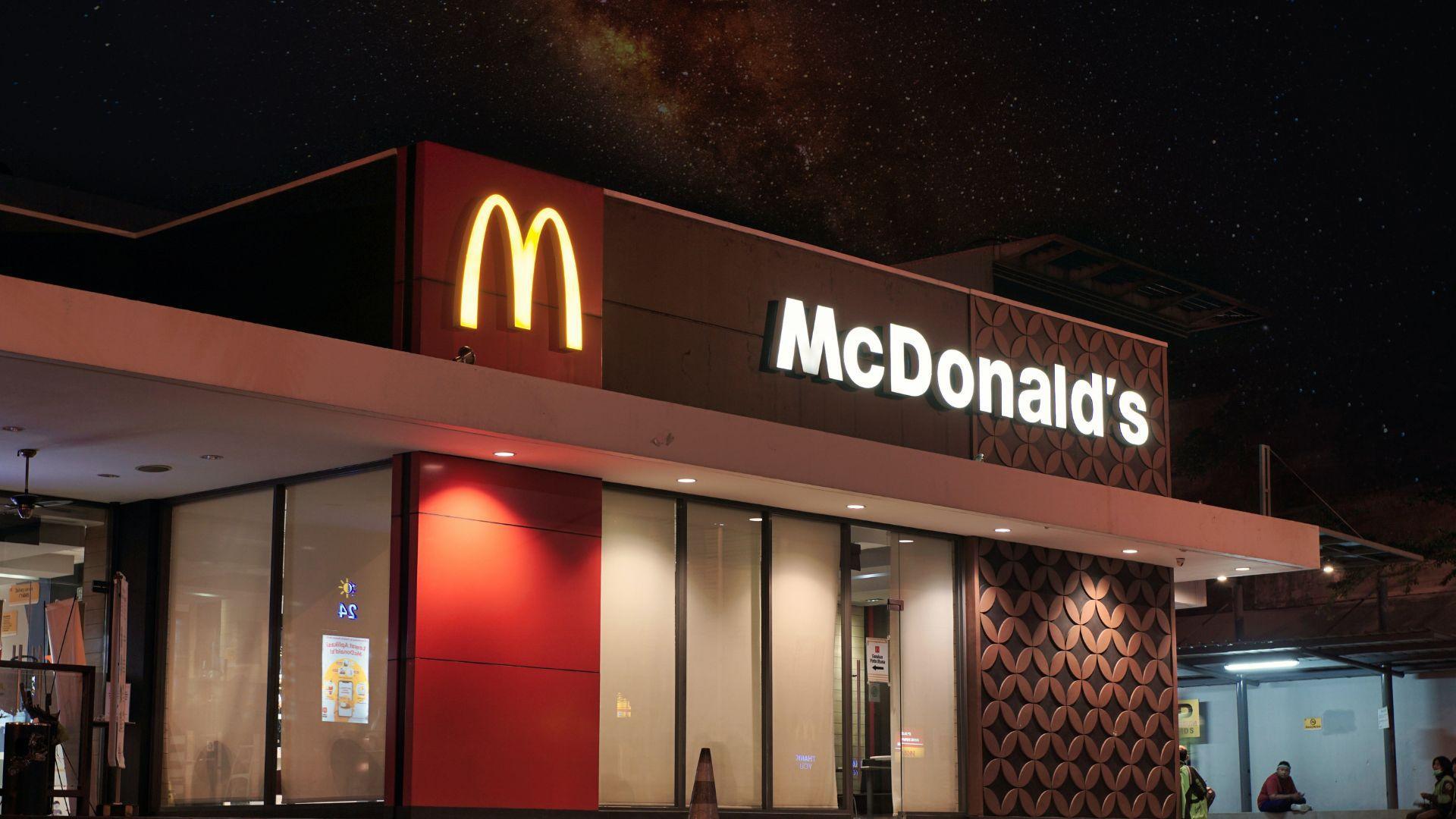
Source: Visual Karsa/Unsplash
While some adjustments to pricing may be a direct result of genuine economic pressures, it’s crucial to discern between these factors and strategic business decisions that might be driving prices up.
The Role of Mobile Applications
In an era of digital transformation, many fast food chains, McDonald’s included, have shifted promotions and offers to their mobile applications.
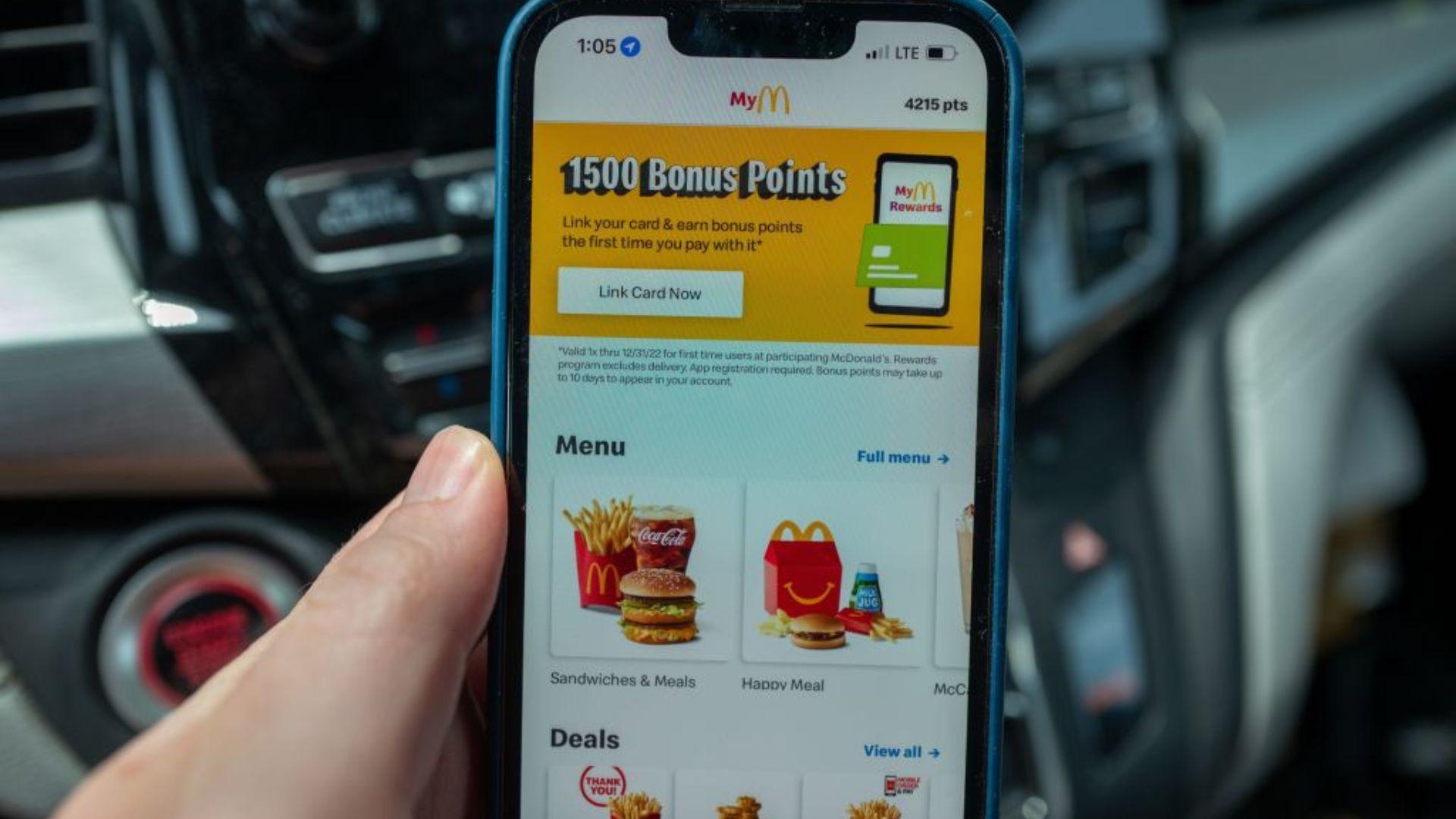
Source: Getty Images
On one hand, this provides consumers with potential discounts and deals. On the other, it necessitates consistent engagement with these apps, compelling customers to stay digitally active to obtain cost benefits.
Public Response
The viral nature of Jammie’s TikTok post demonstrates a shared sentiment among a large portion of the public.

Source: Getty Images
The comments ranged from those reminiscing about past deals, like the 2-for-$1 hash browns, to others offering potential explanations and theories for the seemingly high costs in the present day.
Employee Wages and Food Costs
A point of discussion that emerged from public reactions centered on employee wages.

Source: Getty Images
Some comments hinted at a potential correlation between the rise in hourly wages within the fast food sector and the subsequent increase in menu prices, suggesting a link between personnel costs and end-consumer pricing.
McDonald's Food Quality Concerns
Price isn’t the sole focus. A segment of the reactions drew attention to the quality of certain food items.
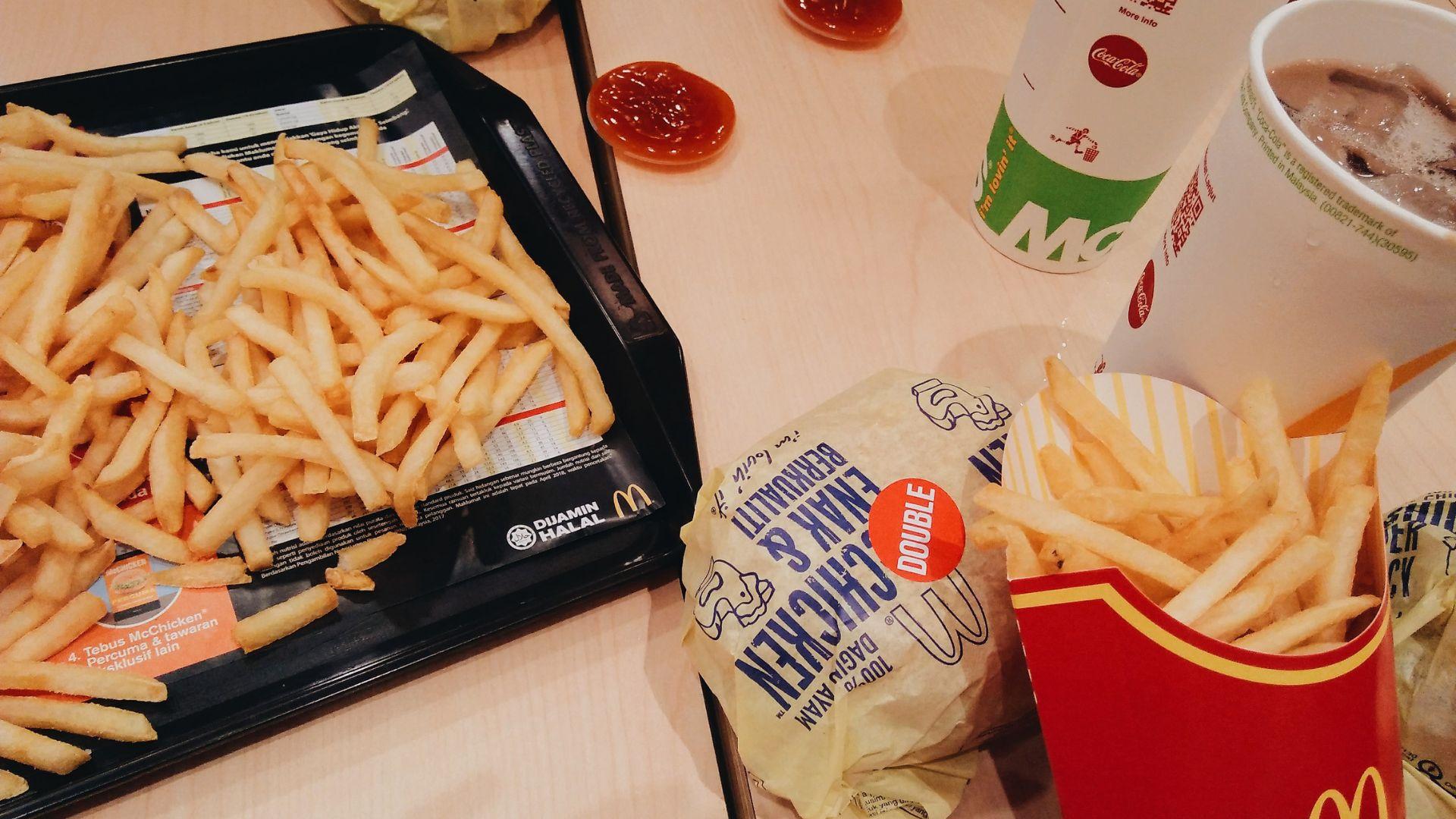
Source: Alia/Unsplash
Specific mentions included critiques about the temperature and crispiness of hash browns, emphasizing that consumers expect value and quality that’s proportional to the price they pay.
Understanding the Current Fast Food Landscape
Jammie’s $30 McDonald’s bill serves not just as an individual’s experience, but as a lens into broader economic and industry challenges.
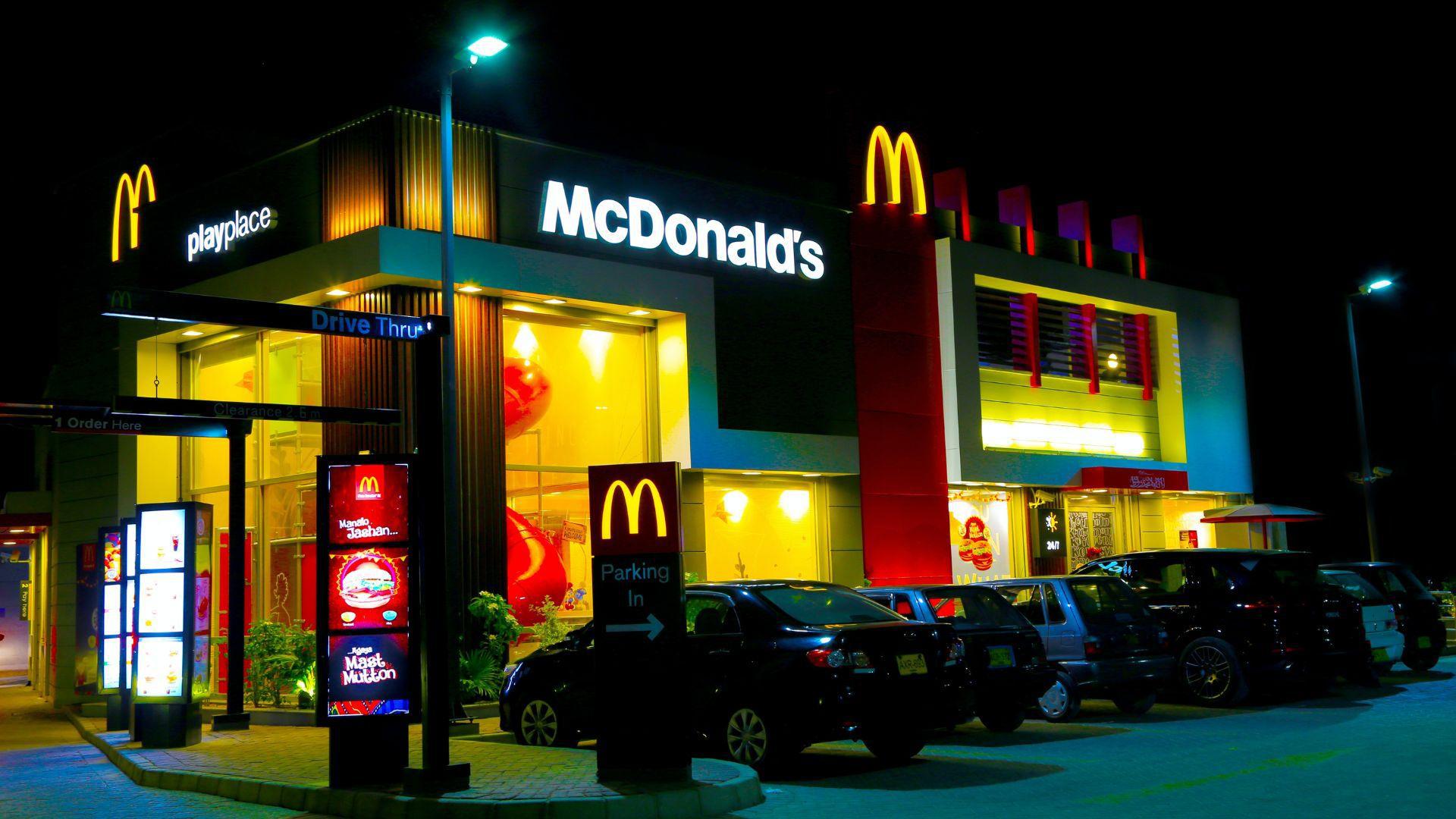
Source: Shahbaz Ali/Unsplash
As discussions evolve, understanding the intricate balance between costs, quality, wages, and pricing strategies in the fast food sector will remain crucial.
